Be the Helvetica
of Ergonomics
tweet along at #BeHelvetica
(You can move between slides with the arrow keys.)
Ashley Bischoff
tweet along at #BeHelvetica
(You can move between slides with the arrow keys.)
A quick disclaimer:
This is an issue that personally affects me, and I’ve done a lot of research on this, but I’m not a doctor.
So I went to the campus health center to get things checked out.
The doctor asked me some questions, and he looked over my hands and wrists.
After I got back to my dorm room, I started researching ergonomics.
But don’t worry—this will all come together.
So what is Helvetica?
Helvetica is a sans-serif typeface that was developed in Switzerland in 1957 for the type foundry Linotype.
And is Arial sort of like Helvetica?
Monotype—a competing type foundry—needed something to scratch that itch.
You can tell that Arial is a knockoff—and not merely a typeface in a similar style—because each of Arial’s letters has the same proportions as the corresponding letter in Helvetica.
You can tell that Arial is a knockoff—and not merely a typeface in a similar style—because each of Arial’s letters has the same proportions as the corresponding letter in Helvetica.
Waitasec—what’s the difference between a font and a typeface anyway?
Here’s one analogy that may help when it comes to the difference between a “font” and “typeface”—
So in the same way that an mp3 is what’s on your hard drive, and a song is what you listen to—
So how much of a difference is there between
Helvetica and Arial anyway?
Think of it this way—
Or do you figure that Safeway Cola would be fine?
Okay—so how can I tell the difference
between Helvetica and Arial?
The “baseline” is the invisible line
that letters sit on.
And a “terminal” is the endpoint of any stroke.
And a “terminal” is the endpoint of any stroke.
Here’s a rule of thumb for how you can tell Arial and Helvetica apart—
Every one of Helvetica’s terminals is either parallel (or perpendicular) to the baseline.
Every one of Helvetica’s terminals is either parallel (or perpendicular) to the baseline.
…While Arial’s terminals are pretty much
higgledy-piggledy to the baseline.
Bonus tip:
Helvetica’s “1” is regal—almost stately.
Meanwhile, Arial’s “1” ended up with a cowlick. 🤷🏼♀️
Here’s another one. If you consider Helvetica’s “B” as a starting point…
You can see that Helvetica’s “R” gracefully takes the baton from the design of its “B.”
But when it comes to Arial, Monotype seems to have taken a different tack with its “R”…
Because Arial’s “R” seems to be suffering from a case of manspreading.
But let’s be fair—it’s not as if that makes it the worst typeface in the world.
But I also don’t want to leave you hanging. So if you might be curious about the worst typefaces—
At this point, you might be wondering how all this relates to ergonomics.
The human body really isn’t designed to do any one task for hours at a time.
And in our own way,
Helvetica win part 1:
Helvetica win part 2:
Helvetica win part 3:
Helvetica win part 4:
The patriarchy sucks part 1:
So your current desk almost certainly places your keyboard far too high for you to be able to type with your forearms parallel to the floor.
The patriarchy sucks part 2:
Let’s try a thing.
We’ve all seen zombie movies, right?
Wait—‘handshake position’?
To show you what I mean, try this—
If you hold that position for a few seconds—with your palms facing downward—you may start to feel some strain along your inner forearms.
And how do the parallel forearms come into play?
You know how the hose kinda rasps against the corner of the house?
From a top-down view, your forearms should be close to parallel, and your wrists should be straight.
And that’s the biggest downside to traditional keyboards as well as most “ergonomic” keyboards:
The Helvetica principle applies to your eyeline too.
A lot of keyboards have legs that let you raise the back of the keyboard.
Which means that you’re right back at your finger ligaments rasping against the bones in your wrists.
Wrist rests are another popular accessory.
There’s plenty of meat in our palms and they’re much better suited to bear the weight of our hands.
And if you prefer to rest your hand against something when you use the mouse—
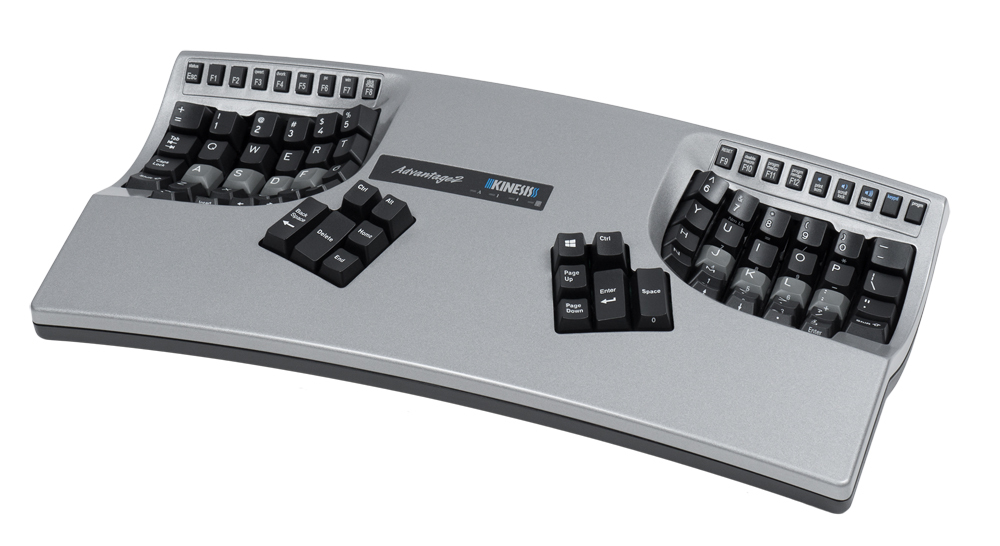
✓ Keeps your hands close to shoulder-width apart
✓ Maintains a handshake position
✓ Pairs your strongest muscles
(your thumbs) with the most common keys

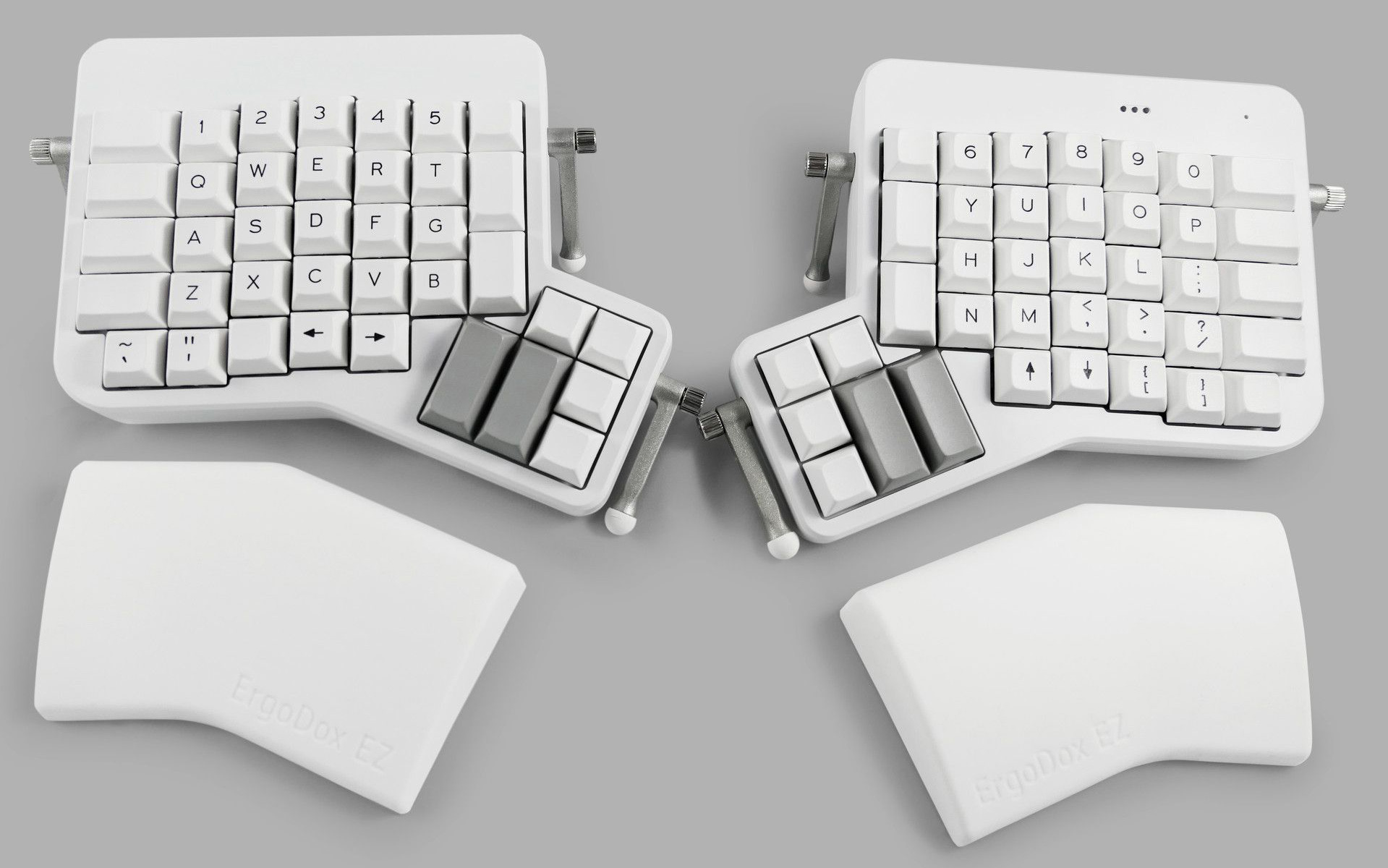
✓ Lets you place your hands as wide apart as you’d like
✓ Supports tenting and negative tilt through its adjustable legs
✓ Pairs your strongest muscles with the most common keys

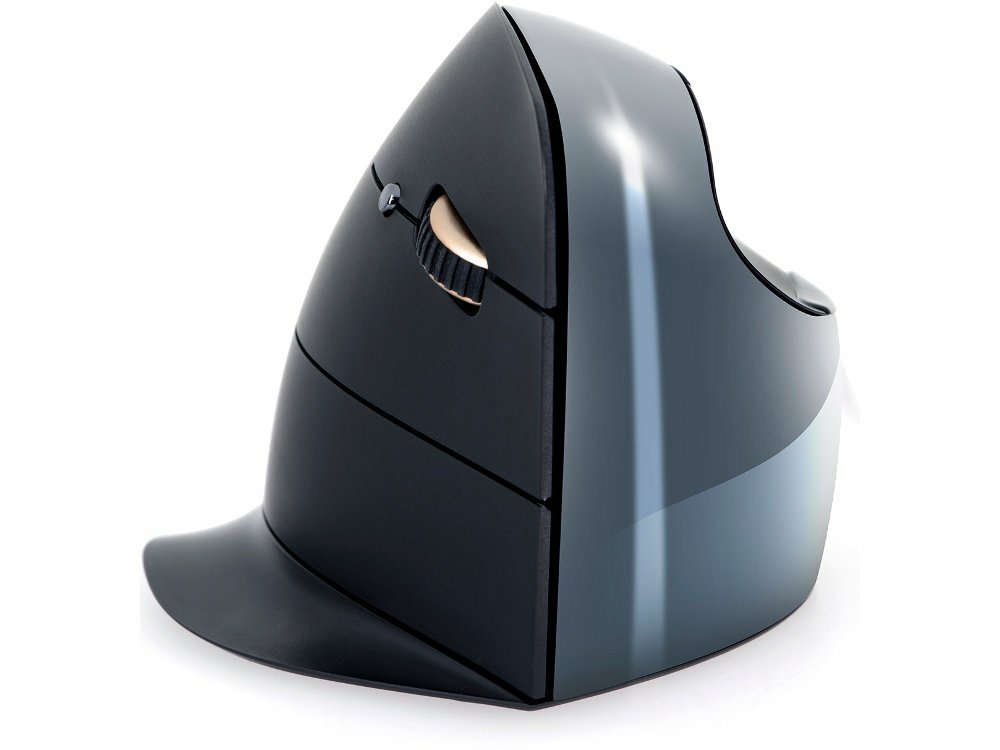
✓ Maintains a handshake position
✓ Comes in wired and wireless versions
✓ Look, it’s a mouse—how many bullet points do you need?

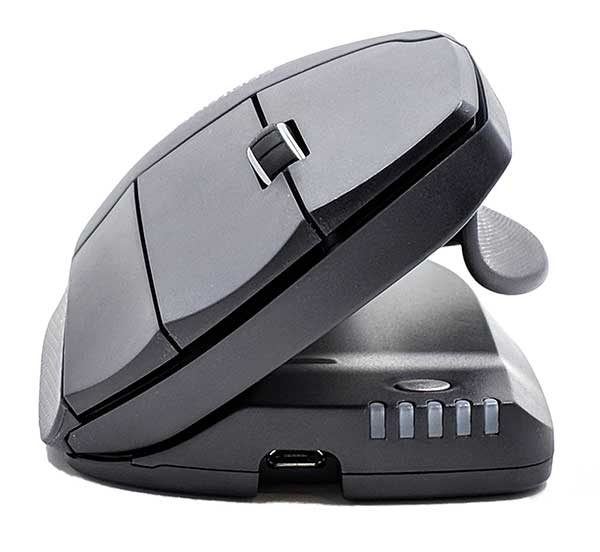
✓ Maintains a handshake position
✓ Lets you adjust the tilt to your liking
✓ Comes in wired and wireless versions

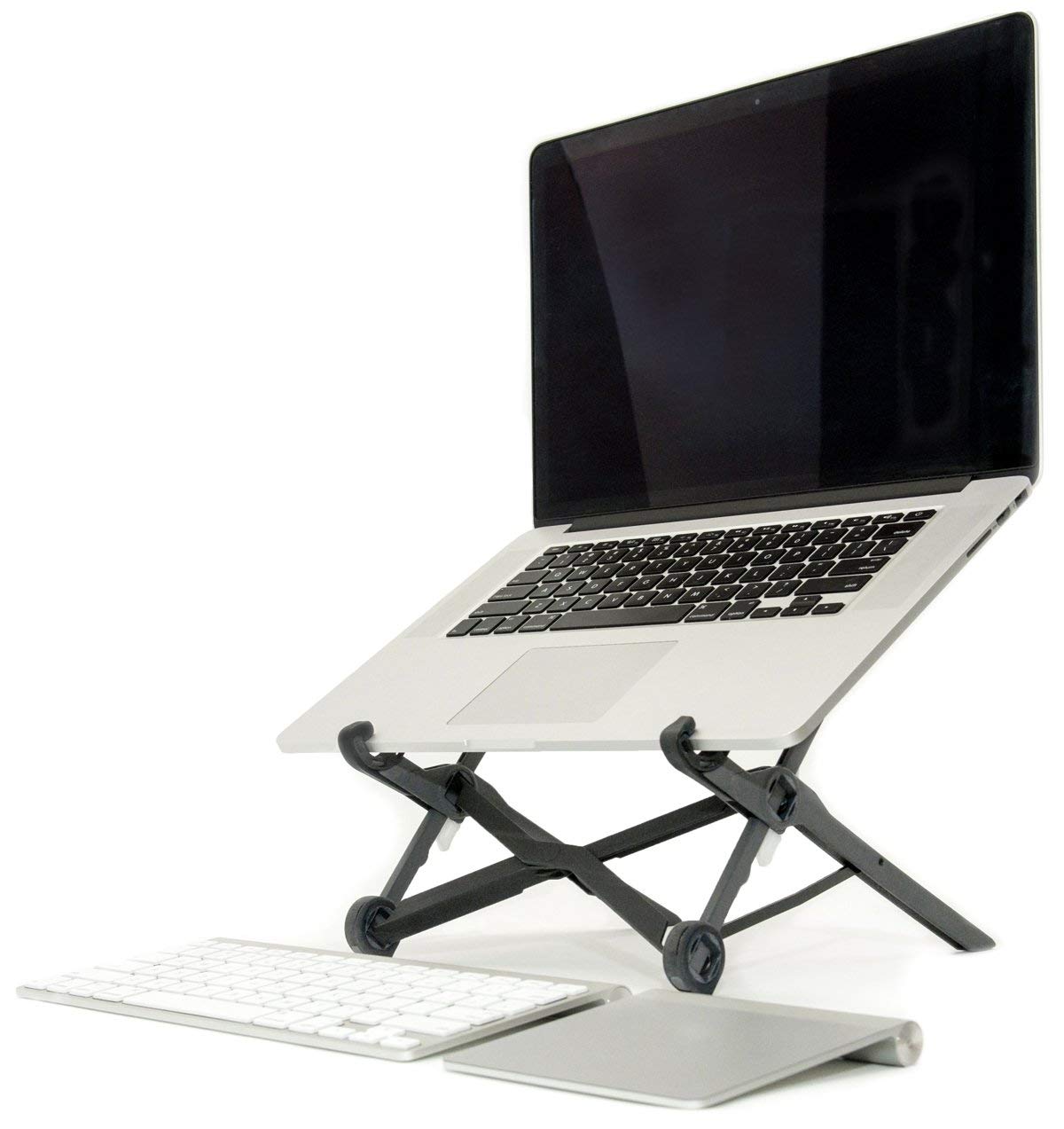
✓ Places your laptop’s screen
at eye level
✓ Lets you adjust the height
to your liking
✓ Collapses for travel

The Kinesis Advantage 2 goes for about $300, as does the ErgoDox EZ.
On top of that, you might be saying to yourself,
Think of it this way—
How would you feel if you met a 30- or 40- or 50-year-old copy editor who smoked a pack a day and who said to you,
But that one guy’s story doesn’t mean that smoking a pack a day is harmless.
You might likewise know older copy editors who haven’t done a lick of ergonomic planning but who can type without issues.
At the end of the day, ask yourself this:
#BeHelvetica